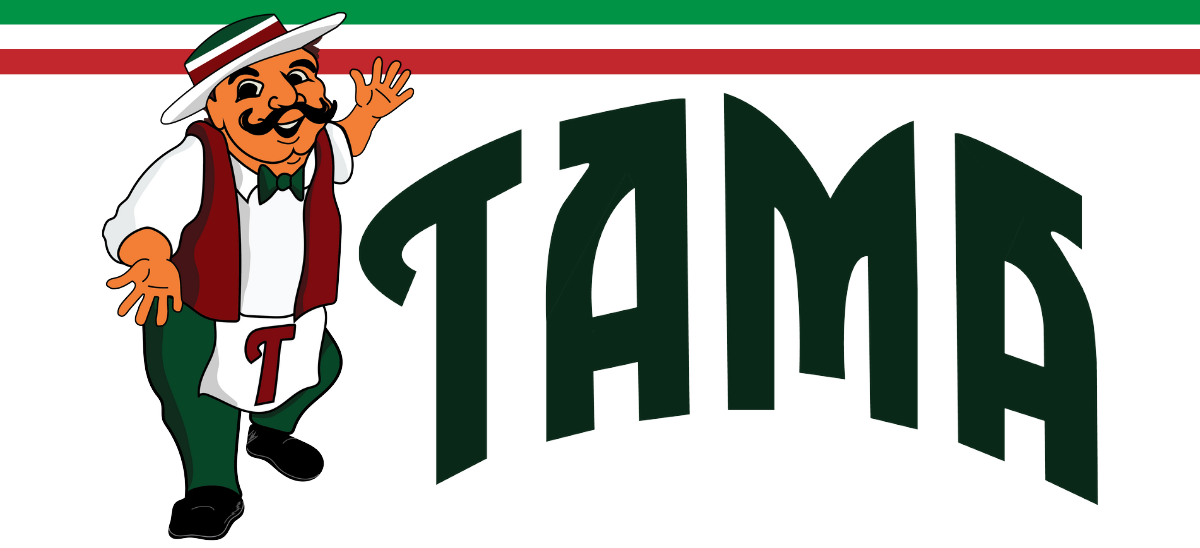When it comes to Italian cuisine, pasta is undoubtedly one of the most popular dishes. It's no secret that Italians have perfected the art of making pasta, and there's truly something special about enjoying a plate of homemade Italian pasta. There are many different pasta dishes, such as spaghetti, gnocchi, tortellini, and carbonara. Thankfully, you don't need to fly to Italy to experience this culinary greatness. Today, we will go through some of the steps of making your own homemade pasta and bringing the flavors of Italy straight into your kitchen.
The most important part of any dish made from scratch is the ingredients. Traditionally, all-purpose flour is used to make Italian pasta, but you can substitute the all-purpose flour for semolina flour for a different texture. You will need fresh and high-quality eggs, as well as salt. Lastly, you will need a pasta machine or a rolling pin if you do not have one.
To start making the dough, you will need to measure 2 cups of flour and place it on a flat and clean surface. Make a well in the center, crack three large eggs into it, and add a pinch of salt. Once everything has been measured, gently beat the eggs with a fork while gradually adding your flour. You will mix this until dough forms. Once the mixture has come together, knead the dough for about 5 to 10 minutes until it becomes smooth and elastic but not sticky. If it is too sticky, add a little more flour; if it is too dry, add a drop of water. Lastly, wrap the dough in some plastic wrap and leave it to rest for at least 30 minutes.
After letting the dough rest, cut it into manageable pieces to make it easier to work with. Next, you will use your rolling pin or pasta machine to roll out the dough into thin sheets and remember to dust your work surface and dough with flour first to prevent sticking. As we mentioned, there are many different kinds of pasta, so now you will cut the dough into the shape you choose, such as pappardelle, fettuccine, or tagliatelle.
To cook your pasta, you will need to boil a large pot of salted water and proceed to add in your fresh pasta. Fresh pasta will cook much faster than store-bought pasta; within 2 to 4 minutes, your pasta should be done al dente or firm to the bite, and you can leave it in slightly longer, depending on your preference.
Now that your pasta is ready, you can pair it with the Italian sauce of your choice, but remember to garnish it with some fresh herbs, grated parmesan, and a drizzle of olive oil for the ultimate Italian experience.

